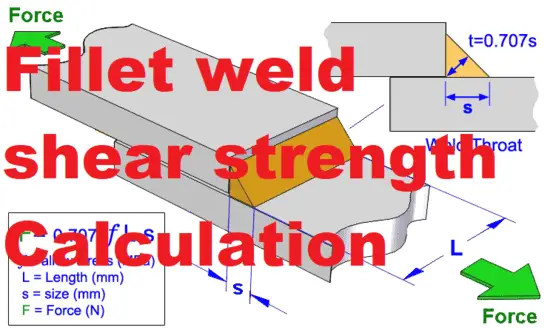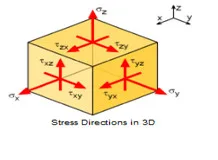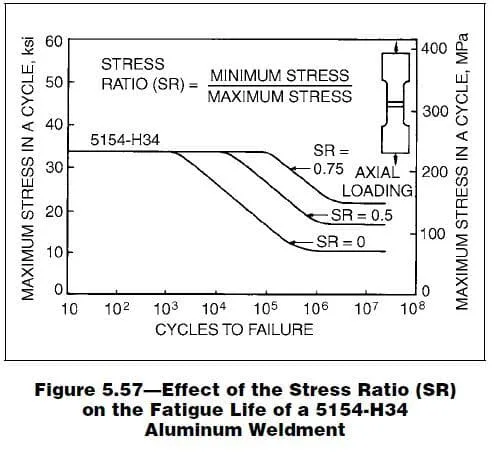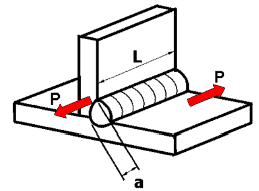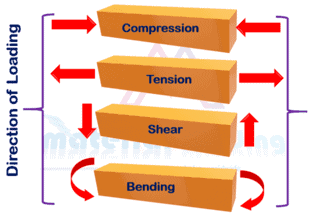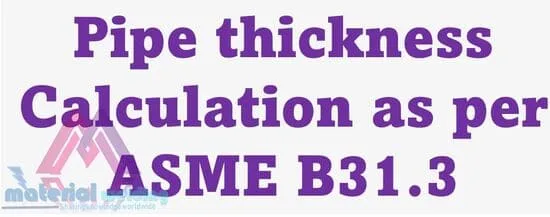Allowable stress design (ASD)
Allowable Stress Design (ASD) is a method used in structural engineering to design structural members such as beams, columns, and foundations. It is a method to determine the maximum allowable load that a structure can support.
The goal of ASD is to ensure that the materials used will not be overstressed beyond their allowable limits. This method takes into account the maximum stress that a material can handle without causing permanent deformation or failure.
This approach is based on the idea that all materials have an allowable stress limit, which they can withstand without incurring permanent deformation or failure. The ASD method helps engineers ensure that structures are safe and reliable by taking into account factors such as material strength, load distribution, and environmental conditions.
In ASD, engineers calculate the maximum allowable stress for each material used in a structure and then apply safety factors to ensure that it can handle expected loads over its lifetime. These safety factors are typically between two and four times the calculated maximum stress level, depending on the type of structure being designed. By using this methodology, engineers can design structures that meet strict safety standards while also optimizing costs through efficient use of materials.
Allowable stress design vs allowable strength design
Allowable stress design (ASD) and allowable strength design (ASD) are two methods used in structural engineering to design buildings and other structures.
In Allowable stress design (ASD), the maximum stress that a material can withstand is calculated, and a factor of safety is applied to ensure that the design is safe. The factor of safety is typically between 1.5 and 2.0, which means that the maximum stress in the material should be no more than half of the yield stress. This method is often used for materials such as concrete, masonry, and timber.
On the other hand, Allowable strength design (ASD) focuses on the strength of the material rather than the stress it can withstand. It calculates the maximum load that a material can support, and then applies a factor of safety to ensure that the design is safe. The factor of safety used in ASD is typically between 1.65 and 2.0, which means that the maximum load on the material should be no more than half of the ultimate strength. This method is commonly used for materials such as steel and other metals
Allowable stress design examples
Here are some examples of how ASD is used:
- Concrete design: In concrete design, ASD is used to determine the allowable stress that can be applied to the material. The allowable stress is calculated based on the strength of the concrete and the factor of safety used. This is used to design elements such as columns, beams, and slabs in concrete structures.
- Timber design: In timber design, ASD is used to calculate the maximum allowable stress that can be applied to the wood. This is used to design elements such as roof trusses, floor joists, and beams in timber-framed structures.
- Masonry design: In masonry design, ASD is used to calculate the allowable stress that can be applied to the material. The allowable stress is determined based on the strength of the masonry and the factor of safety used. This is used to design elements such as walls, columns, and arches in masonry structures.
- Aluminum design: In aluminum design, ASD is used to calculate the allowable stress that can be applied to the material. The allowable stress is determined based on the strength of the aluminum and the factor of safety used. This is used to design elements such as frames, panels, and supports in aluminum structures.
Allowable stress design formula
The formula used in ASD to calculate the allowable stress is:
Allowable stress = Yield stress / Factor of safety
Where:
- Yield stress: The stress at which a material begins to deform plastically
- Factor of safety: A number applied to the yield stress to ensure the design is safe. The factor of safety is typically between 1.5 and 2.0.
For example, if the yield stress of a material is 50 MPa and the factor of safety is 1.5, the allowable stress would be:
Allowable stress = 50 MPa / 1.5 = 33.3 MPa
This means that the maximum stress that can be applied to the material in the design is 33.3 MPa, which is less than the yield stress to ensure safety.
AISC allowable stress design
The American Institute of Steel Construction (AISC) provides guidelines for the allowable stress design (ASD) of steel structures. The AISC ASD method is based on the principle that the maximum stress in a member should not exceed a certain proportion of its yield strength, depending on the type of loading.
The AISC specification provides a set of load combinations that are used to determine the design loads on a structure. These loads include dead load, live load, wind load, and seismic load, among others. Once the design loads are determined, the design of individual members can be carried out using the following formula:
Allowable stress = Fy / Safety factor
Where:
- Fy: The yield strength of the steel
- Safety factor: A factor of safety used to ensure the safety of the design. The value of the safety factor depends on the type of loading and the level of safety required.
For example, if the yield strength of a steel member is 345 MPa and the safety factor is 1.67 for dead and live load combinations, the allowable stress would be:
Allowable stress = 345 MPa / 1.67 = 206.6 MPa
This means that the maximum stress that can be applied to the member in the design is 206.6 MPa, which is less than the yield strength to ensure safety.
The AISC specification provides further guidance on the design of individual members, such as beams, columns, and connections, using the ASD method. The specification also provides limits on the slenderness ratios of members to ensure stability under various loading conditions.

